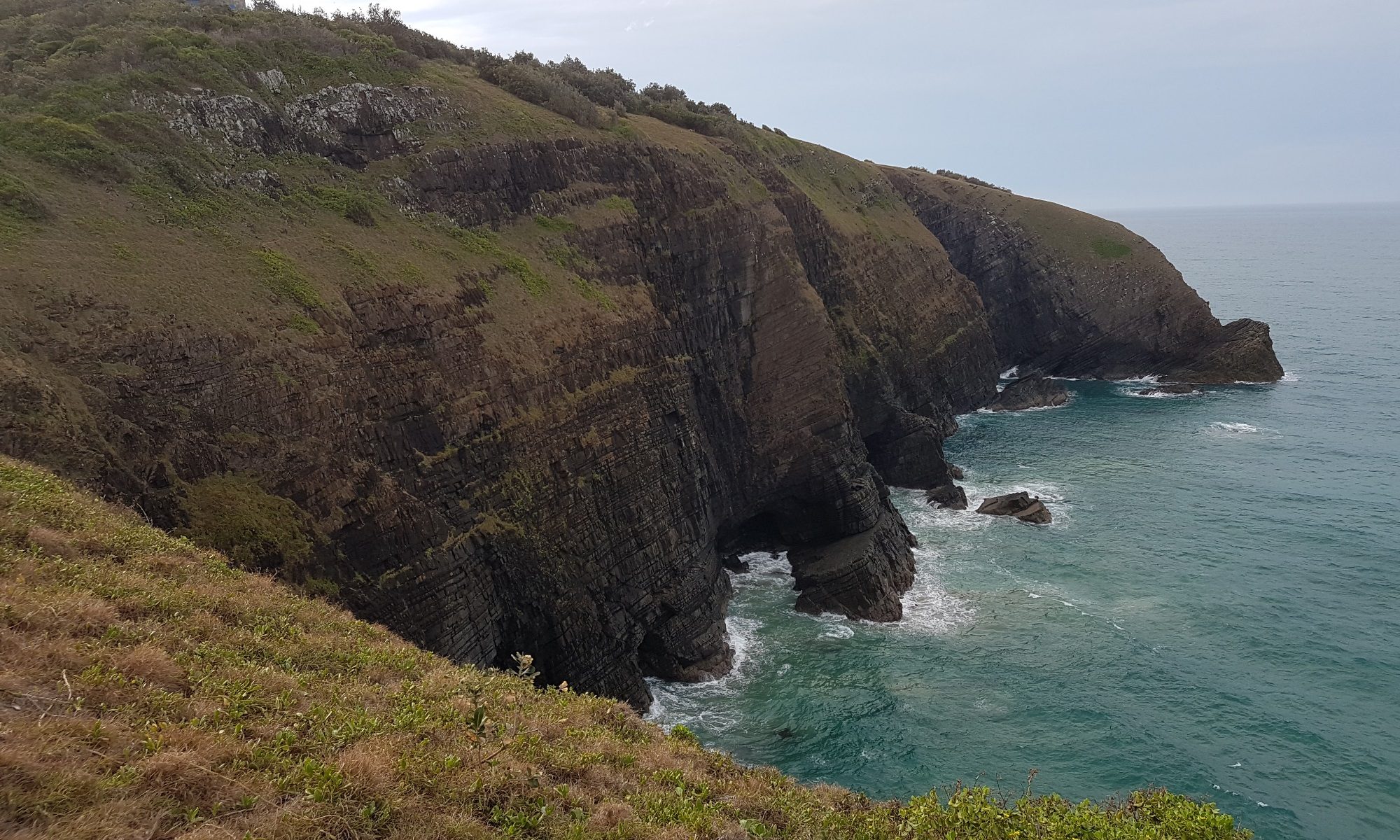A Computer Game is Business Software.
A Computer Game is a system provided for the solving of a problem and the filling of a need.
Okay. It’s pretty obvious, so I’m not trying to be clever with those statements. Simple and clear.
However, most Computer Games are as far from Business Software as you can get staring into this rectangular magic looking glass view .. thingy.
Business Software has an interface which is very close to the database. Sure, we move from exact data representation on a form to transforming the data into a better User experience .. Browses and Tabs and Drop Down Lists are just the beginning. You’ve got Task Panels and Drag’N’Drop. You’ve got twenty billion Google Engineers slaving away on ease of Business Interface.
But it’s still close to the Database. And that’s fine.
The Game Interface is about as far away from the database as we can manage today.
Let’s backtrack a bit. The year is .. whatever year it was Bard’s Tale came out (1985). You had a couple of Window Frames, one being the main interface into the world. It was decidedly square. Of course, you had bit-pictures of monsters and blacksmiths which enabled our brains to imagine.
But still, it was a game. You couldn’t mistake it for an application which drove your boss’s Turbine Engine Simulation for Aeronautical Nerds.
Please substitute a bunch of games in here that expanded the Gaming Interface. Wolfenstein. Doom. Quake. Half-Life.
I’m going RPG here. It’s not a technical history article. It’s a opinion article based on the point I’m trying to get across.
Then along came Diablo (1997), and the interface jumped away. No longer was it NetHack and Angband with ascii characters. This was pure awesome. It transported things far beyond the business computer screen. Into a fantastical place where swords and scrolls dropped from scaly creatures whom you had just slain with spells of lightning and fire, with weapons of chaos and mayhem.
More games come every year which give us further .. Abstraction Reality, and less Actual Reality. Morrowind and then Oblivion for the RPG people. Let’s not forget the Bioware epics. Also a little game called Half-Life 2. And have you played WoW with some of the powerful and amazing UI Mods? Etc etc, blah blah blah. You’ve already thought of ten or twenty or a hundred other games.
Abstraction Reality is Developers giving us what we see, which is not what is. As we know, behind the evolving of the Game Interface are ones and zeros. Data. Tables and Structures and .. well, the stuff of true magic :). This is the Actual Reality.
From a Database-Modelling-Developer-Application-Person point of view, what separates the Computer Game from the Business Sofware is ..
.. Interaction with the Database. In a Game, the User has much less interaction with and effect on the Database. It is the Engine which manipulates the data. To varying degrees, obviously. And there are Business programs which wouldn’t be so far removed.
What I’m getting at here is that when you sit down to create a piece of Accounting Software, you think in terms of Data and User Interface. In a Game, it’s about Data, User Interface, and the Engine.
Data. User Interface. The Engine.
So what’s this post doing on a Clarion blog? Good question! I’m so glad you asked.
I’m going to set about creating a Backend Administration System for a simple RPG Database.
The Database is not going to be perfect. In fact, it will purposely leave big chunks of what actually should be in a Game Database out.
Plus, you have to leave room for my stupidity.
In the next post in this series, we’ll take a look at the RPG Database and deconstruct it a little. The third post will then go through in screenshots how we create the Clarion Dictionary (the place where all the Table references are kept). The fourth post will screenshot through the process of making the Application itself. And the last post will probably be a movie of it all. Maybe.

